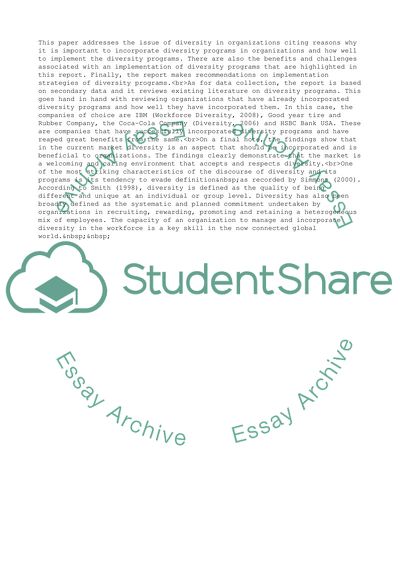Cite this document
(“Diversity Programs in Organizations Book Report/Review”, n.d.)
Diversity Programs in Organizations Book Report/Review. Retrieved from https://studentshare.org/management/1724134-organizational-behaviour
Diversity Programs in Organizations Book Report/Review. Retrieved from https://studentshare.org/management/1724134-organizational-behaviour
(Diversity Programs in Organizations Book Report/Review)
Diversity Programs in Organizations Book Report/Review. https://studentshare.org/management/1724134-organizational-behaviour.
Diversity Programs in Organizations Book Report/Review. https://studentshare.org/management/1724134-organizational-behaviour.
“Diversity Programs in Organizations Book Report/Review”, n.d. https://studentshare.org/management/1724134-organizational-behaviour.


